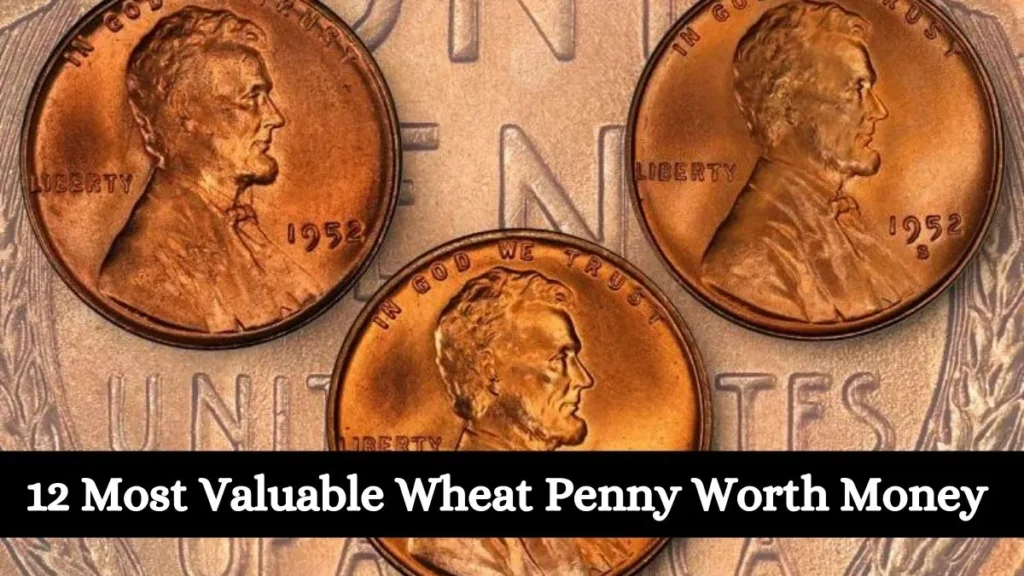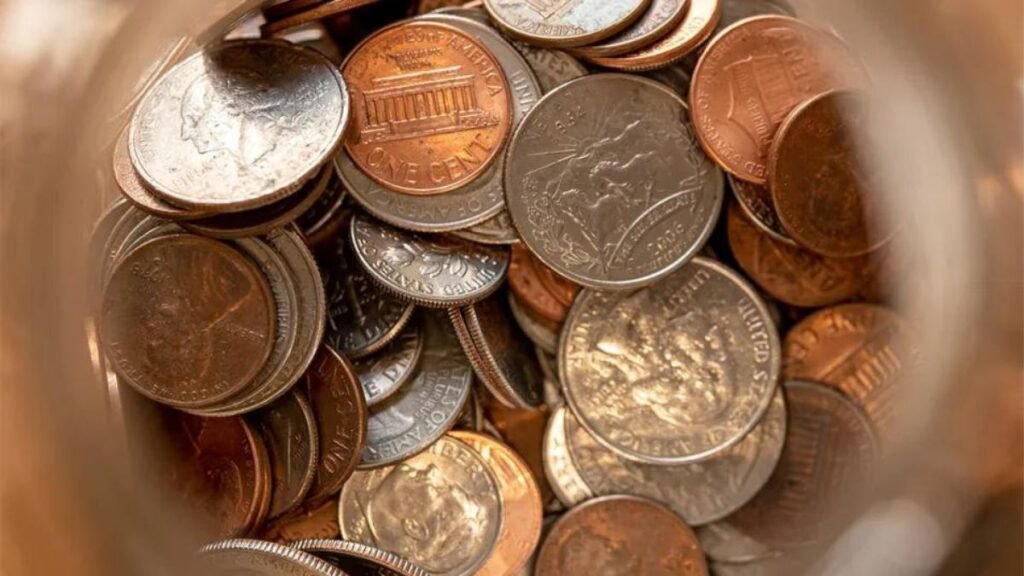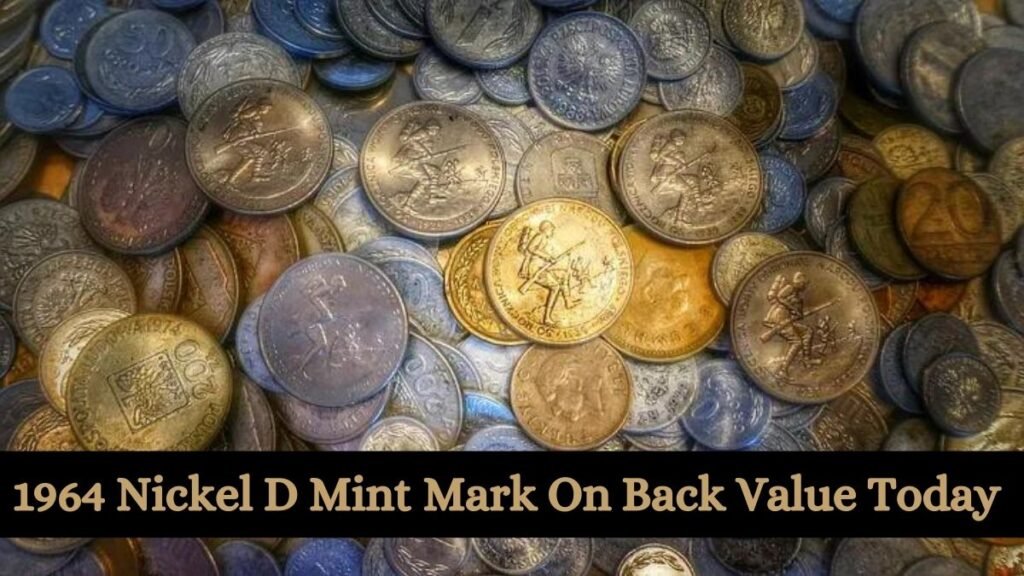Are you interested in enhancing your coin collection with wheat pennies?
Are you looking to optimize your time and efforts by focusing on collecting the most valuable wheat penny?
You’ve come to the right place! This article will guide you through identifying wheat pennies that hold significant value. Whether you’re a novice or a seasoned collector, understanding the key features to look for in a specific coin can maximize your returns.
Wheat pennies, also known as Lincoln pennies, pay tribute to President Abraham Lincoln. Collecting these coins offers both sentimental and financial benefits. Therefore, adding a high-value Wheat Penny to your collection is always a wise choice.
Let’s dive in and explore the most valuable wheat penny together.
Related 14 Most Valuable Jefferson Nickel Errors and Varieties List
Most Valuable Wheat Penny Worth Money
12. 1917 Doubled Die Obverse
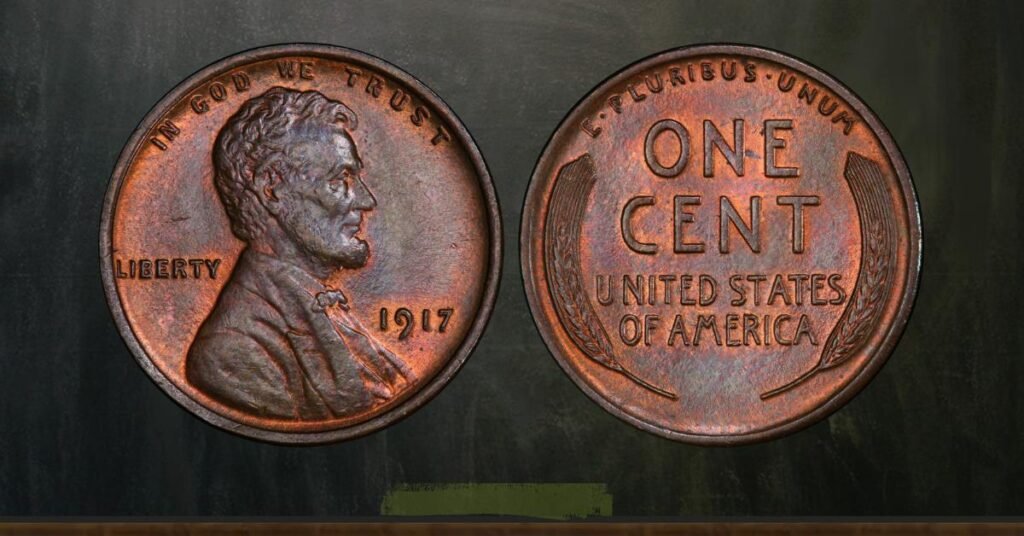
Value: $120,000 (MS-67 grade) 2
Identification: Doubling visible on “IN GOD WE TRUST.” Only 200 confirmed specimens
Related 1793 Strawberry-Leaf Cent Sparks Frenzy as It Hits Auction
11. 1926-S
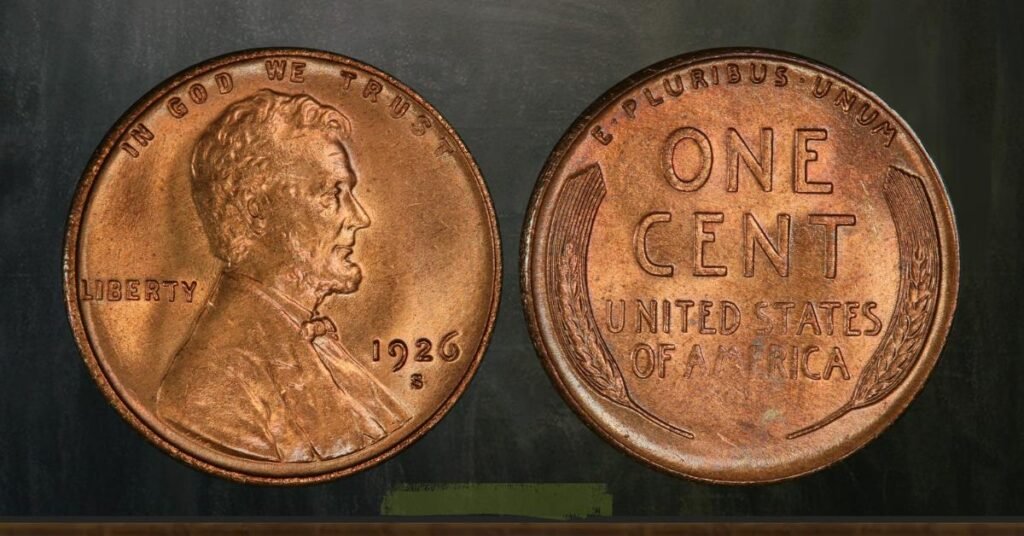
Value: $149,500 (MS-66 Red grade)
Key Fact: Rare in “red” (untoned) condition.
Challenge: San Francisco coins often had poor strikes. A crisp example with original luster is a major find
10. 1931-S
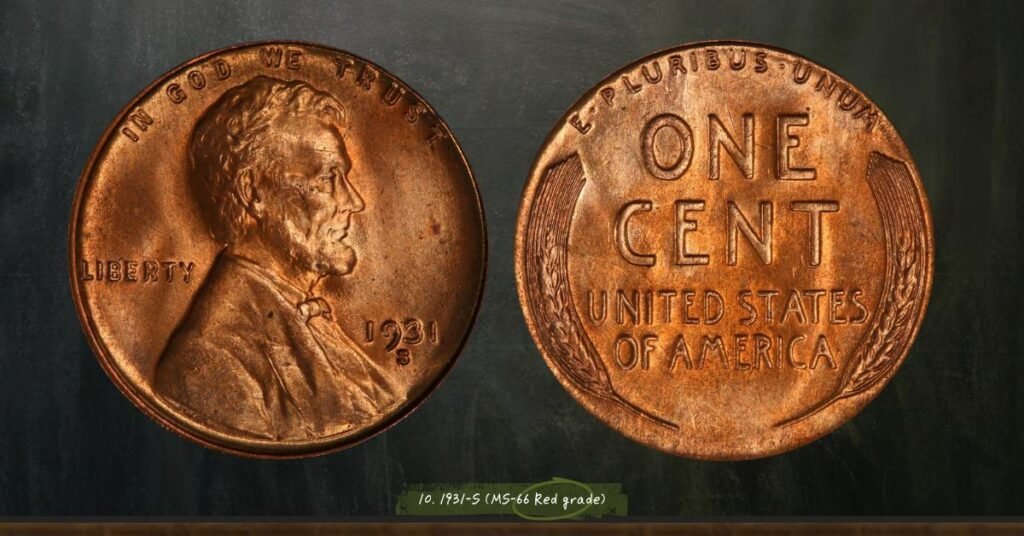
Value: $18,600 (MS-66 Red grade)
Mintage: 866,000
Why Valuable: Second-lowest mintage in the series. Most are weakly struck—sharp details command premiums.
9. 1943 Die Crack Cent
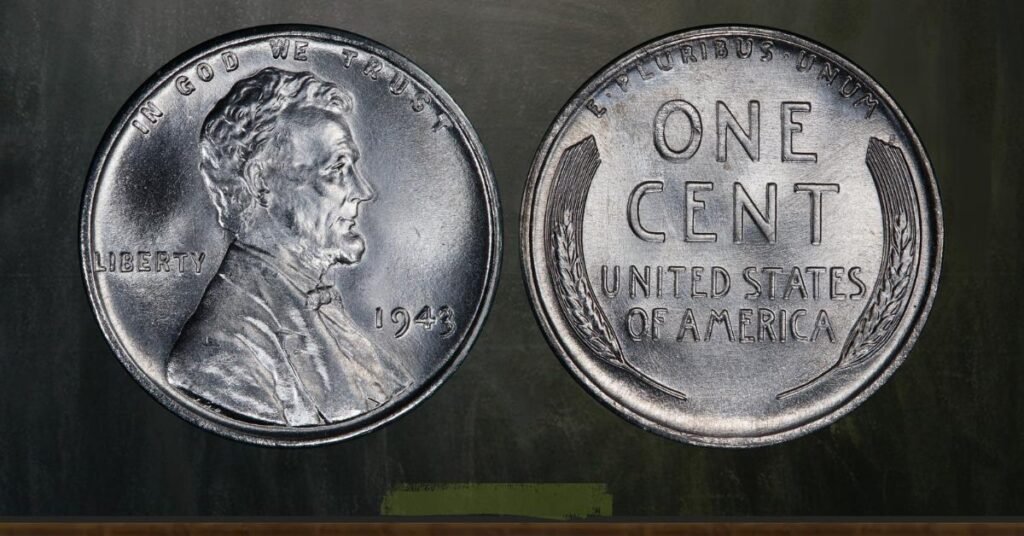
Value: $575,000 (auction record)
Rarity: Cracks formed in the die during striking, creating a raised line on the coin. Fewer than 5 known with severe cracks
8. 1955 Doubled Die Obverse (DDO)
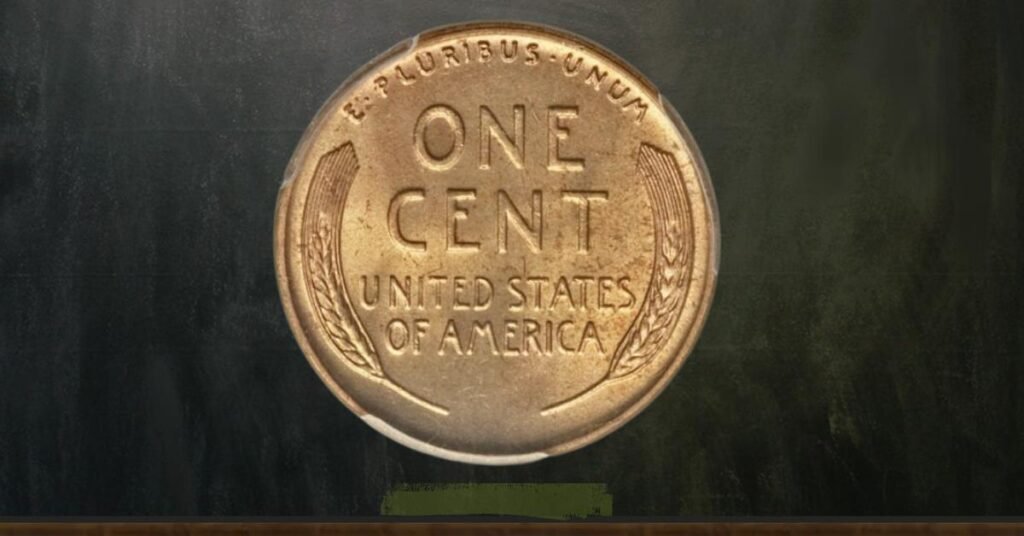
Value: $288,000 (MS-65 grade)
Key Fact: Most famous U.S. error coin.
Identification: Clear doubling on “LIBERTY” and the date. Over 20,000 struck, but most show wear—pristine examples are ultra-valuable
7. 1944-D Steel Cent
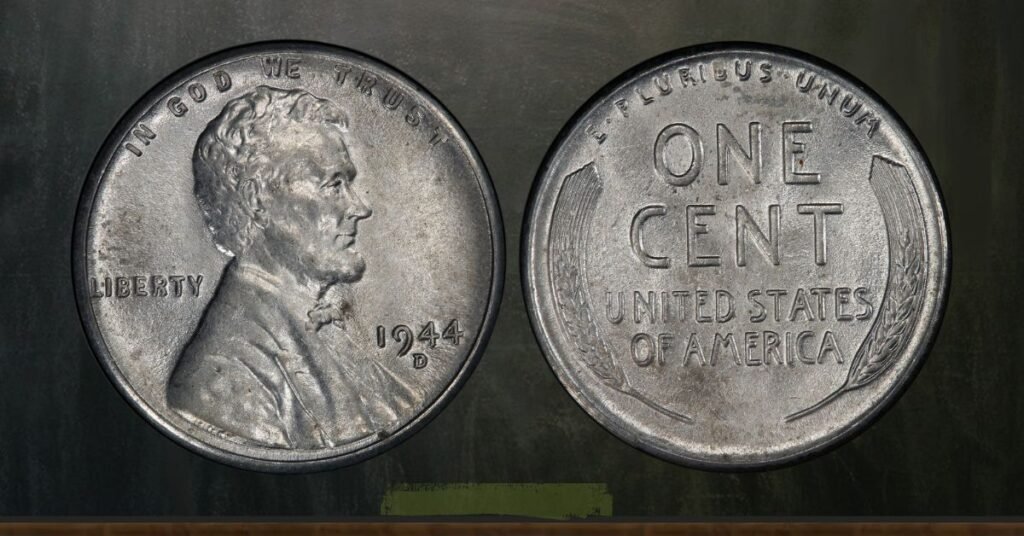
Value: $115,000 (MS-63 grade)
Key Fact: Only 7 known.
Backstory: Steel planchets (blanks) from 1943 were accidentally struck with 1944 dies. A magnet test confirms authenticity
6. 1922 “No D” Strong Reverse
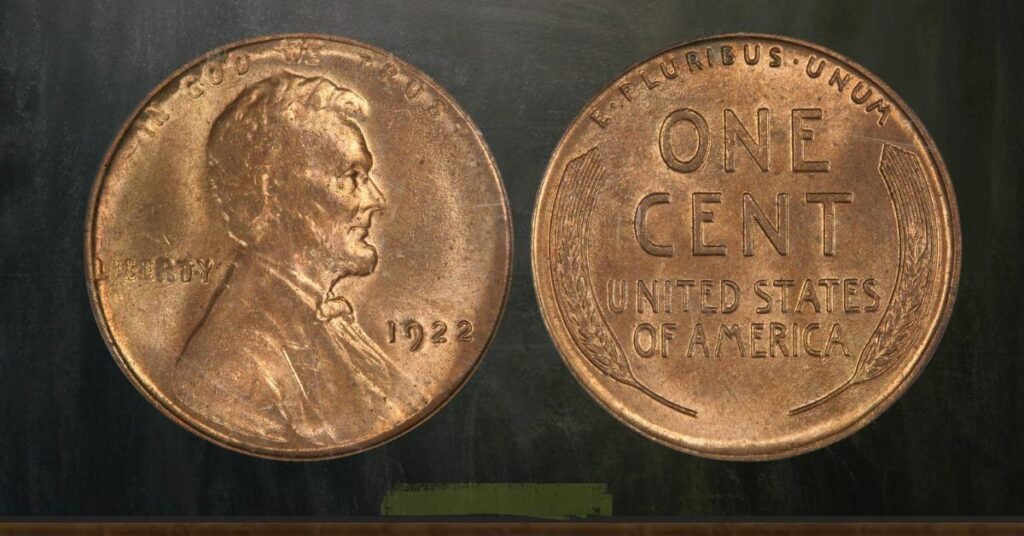
Value: $67,000 (MS-65 grade)
Key Fact: The Denver mintmark is missing due to over-polished dies.
Identification: Requires a strong reverse (wheat side) and faint obverse details. “Weak reverse” variants are less valuable
5. 1914-D
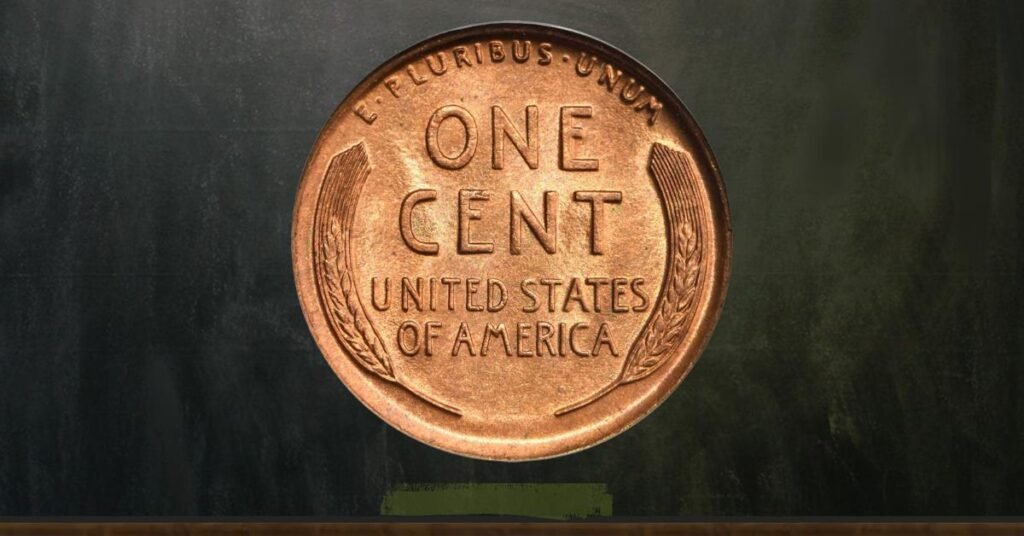
Value: $159,000 (MS-66 grade)
Mintage: 1.2 million
Why Valuable: Lowest mintage of any Denver Wheat Penny. Heavily counterfeited—check for weak details or added “D” mint marks
4. 1909-S VDB
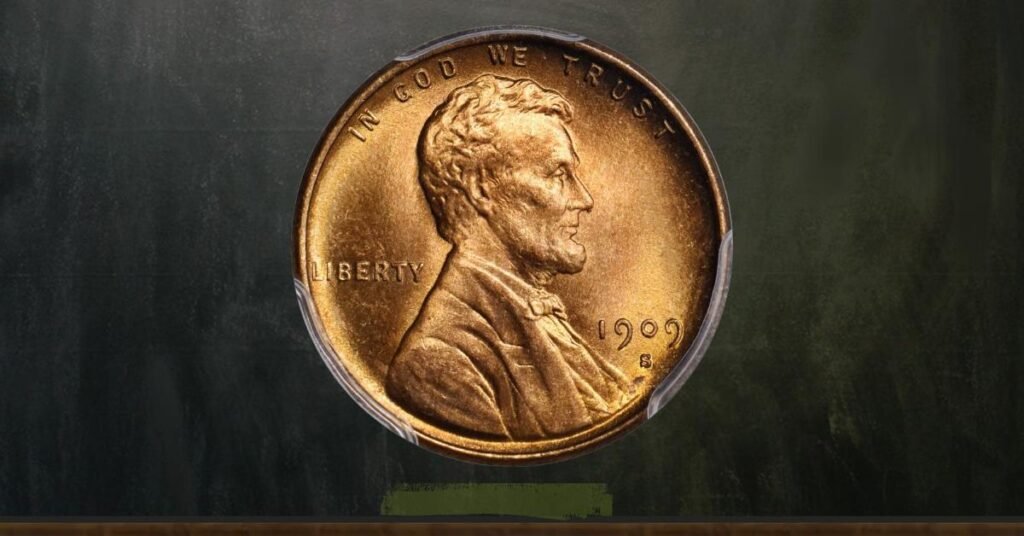
Value: Up to $165,000 (Red MS-67 grade)
Mintage: 484,000
Backstory: Designer Victor Brenner’s initials (VDB) were removed from later 1909 pennies after public outcry. Hoarded immediately, making circulated examples scarce.
3. 1943 (Philadelphia) Bronze Cent
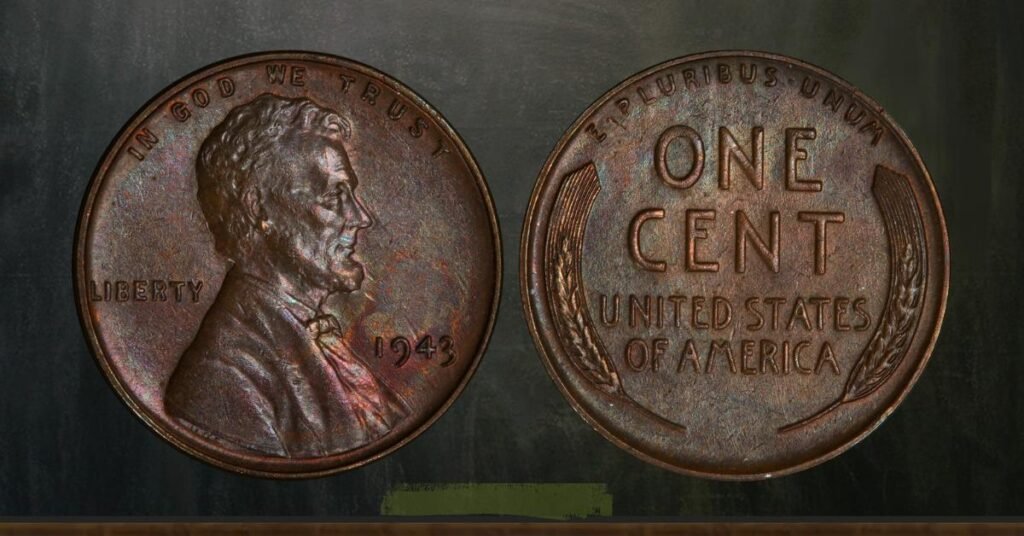
Value: $372,000 (auction record)
Key Fact: Approximately 20 exist.
Identification: No mint mark (Philadelphia), copper color, and a 1943 date. Counterfeits abound—always verify with a magnet and professional authentication.
2. 1943-S Bronze Cent
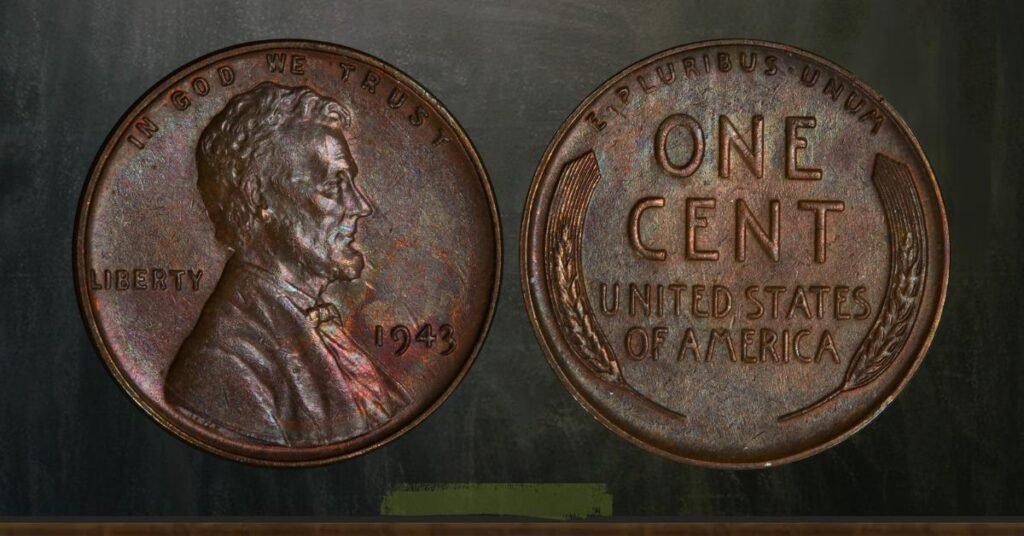
Value: $504,000 (auction record)
Key Fact: Just 6–10 specimens known.
Why Valuable: Like its Denver counterpart, this San Francisco-minted penny was struck on copper by accident. A 1943 penny that doesn’t stick to a magnet could be this rarity
1. 1943-D Bronze Cent
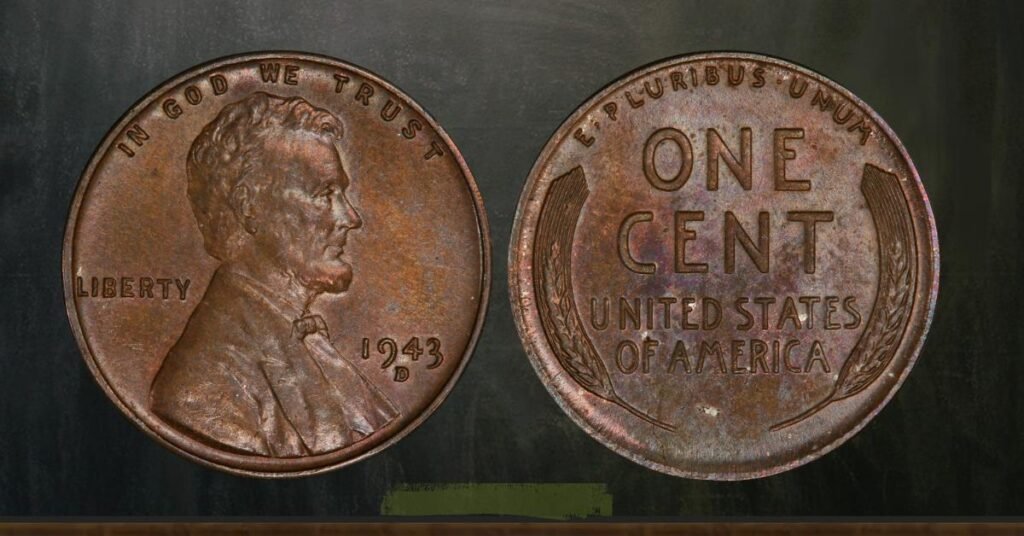
Value: $840,000
Key Fact: Only one confirmed specimen exists, struck on a copper planchet (blank coin) during WWII when pennies were mandated to be zinc-coated steel.
Backstory: A Denver Mint employee likely hand-fed a bronze planchet into the press, creating this accidental rarity. It last sold for $1.7 million in 2010 and could fetch $2.3 million today in uncirculated condition
Key Factors Driving Value
- Mintage & Survival Rates: Coins like the 1914-D (1.2 million minted) are rare because most circulated heavily.
- Errors & Varieties: Double dies, off-center strikes, or wrong planchets (e.g., struck on dime blanks) add scarcity.
- Condition (Grade): A 1921 penny in MS-68 sold for $55,200, while circulated examples fetch under $10.
- Color Preservation: “Red” (untoned) coins command up to 5x more than brown (circulated) ones .
V. Preservation & Investment Insights
- Handling Tips: Never clean coins—it destroys value. Store in acid-free holders 314.
- Authentication: Use NGC or PCGS grading for high-value pennies. Counterfeits plague keys like the 1914-D and 1943 bronze cents.
- Market Trends: Rare error coins (+25%) and top-graded key dates (+15%) have outperformed bullion since 2020.
Conclusion: History in Your Hands
Wheat pennies bridge numismatics and American history—from WWII metallurgy (1943 steel) to artistic controversy (1909-S VDB). While finding a $2 million penny is unlikely, lesser rarities like the 1955 DDO or 1931-S appear in estate sales or inherited collections. As Bullion Standard notes, they offer “historical value beyond metal content,” making them both tangible assets and storytelling artifacts 14. Stay curious: examine every wheat penny’s date, mint mark, and surface. Your next pocket-change hunt could rewrite your financial story.

